Classic architecture, a cathedral of course and surprisingly grand Roman walls and Athelstan’s Tower. 926AD.
No BREXIT. For my entire trip I was told that the UK would leave the EU today but apparently the can was kicked down the road. Not surprising.
Finished at the White Hart Inn, Exeter which dates from the mid 1400’s. Even Columbus hadn’t thought of America yet. Fair rate. Nice en-suite room with no WiFi. Good food at fair prices. It’s a Marstens. But it is in Exeter.
This trip wrapping up at 70 days. 45 in Scotland. 139 in U.K. since last May. Tired of Brexit. Not tired of good brews. Or the folks I’ve met. Or the smell of gorse. And crowdless sites I’ve seen. Island count in U.K. up to 30! Fantastic weather, the warmest winter ever. From The Lizard to Skara Brae with the smash hit play Hamilton tossed in for good measure. Surprised by Hull and summer in Newquay. I’ll be back when they let me.
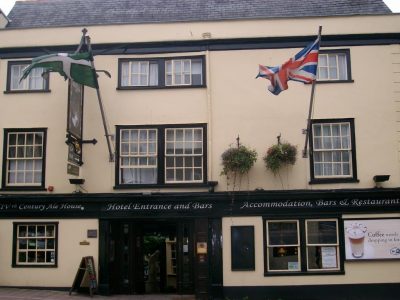
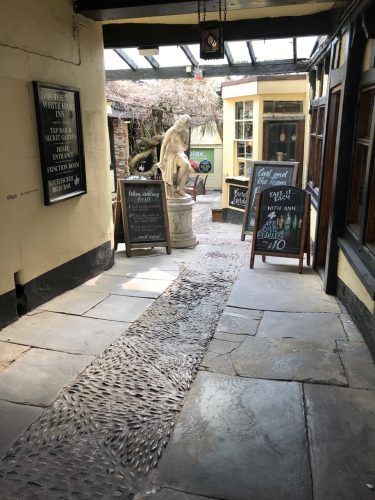
I’ve had the Hobgoblin so skipped it. The Wallop won this round


Exeter Cathedral

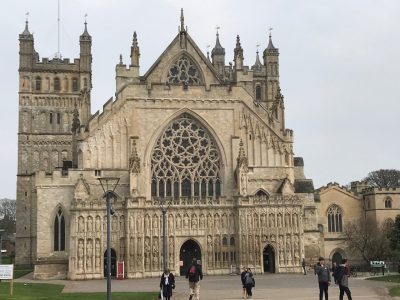
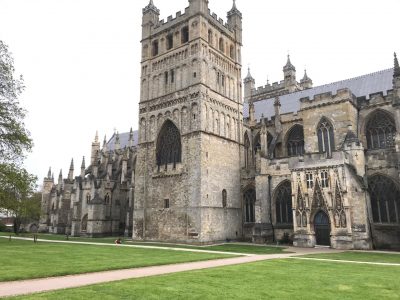
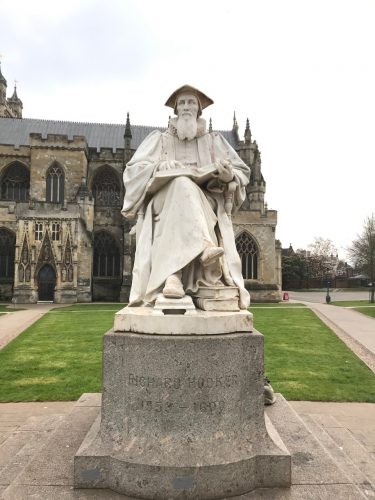
Classic style
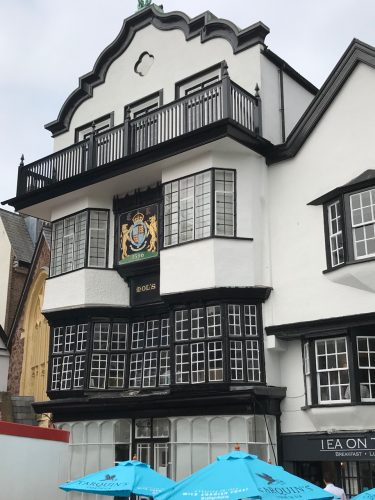
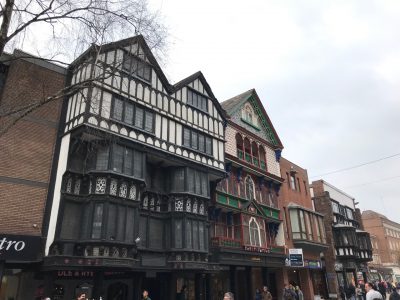
WWII Memorial
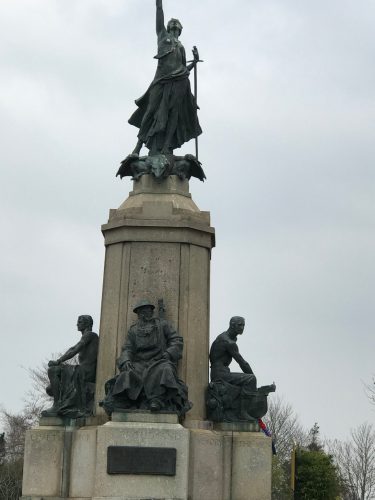
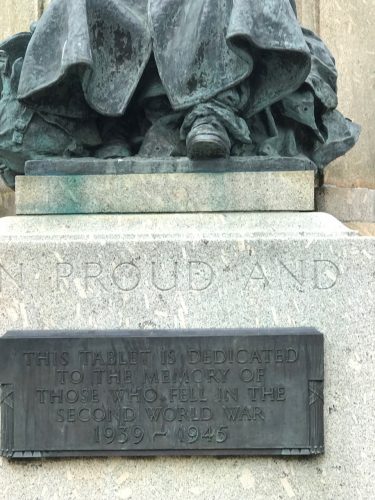
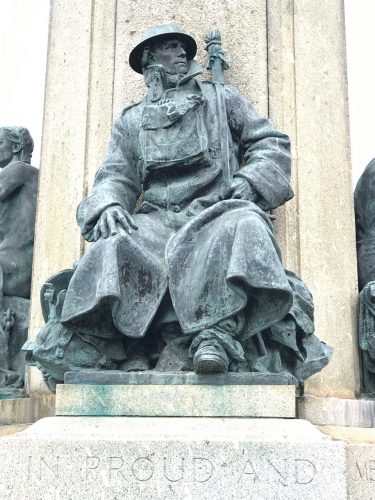
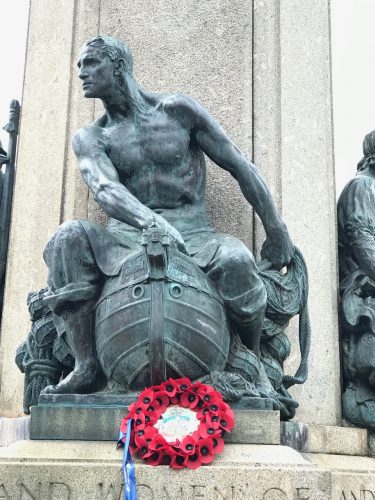
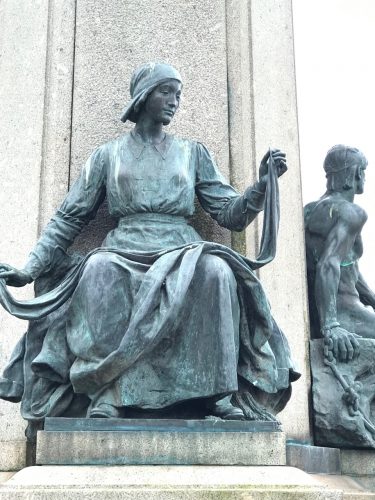
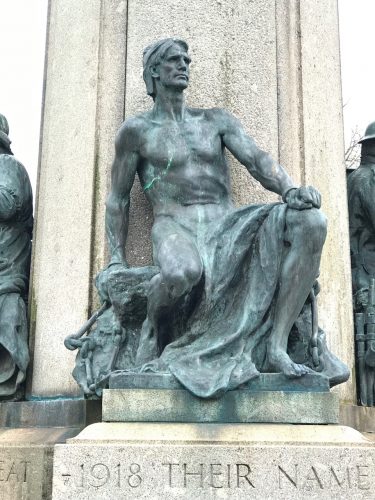
In 926 the Britons inhabiting Exeter were driven into Cornwall by Athelstan, who fixed the River Tamar as their boundary. When he returned to Exeter from his campaign he set about removing the old fortifications, of huge bulwarks of earth, strengthened by stakes, and surrounded by ditches. He rebuilt the stone wall measuring one and a half miles in circuit, and constructed towers, with a deep and regular fosse.
Athelstan also built a castle on the highest ground inside the wall, on the Red Mount, now known as the Norman, Rougemont Castle. It is thought that the only part of his castle to survive is a part of the ruins known as “Athelstan’s Tower”. The tower has triangular windows, a Saxon architectural feature, which are probably early Norman while the crenellated battlements are later. The gatehouse of Rougemont Castle also has Saxon style, triangular windows dating from the Norman build when some Saxon techniques were used by local builders. The tower is constructed from a mix of stone, some recycled, including the volcanic stone favoured by the Romans as a building material. The path leading up to the tower is nineteenth-century in origin.
The tower is the highest point in the city and commands a fine view over Northernhay Park and across the Longbrook Valley. The custom of having a trumpeter play from the tower, for the Remembrance Day service at the Exeter War Memorial, on the 11th November each year has been discontinued.
It was Athelstan who changed the name of the town from Monkton to Exancaester, the root of Exeter, in 940. He also established two mints in Exeter, where Saxon silver coins were struck.
So interesting to sit by these old ruins and think of the history that has passed by.
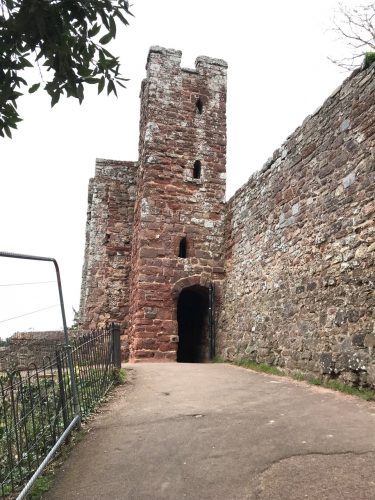
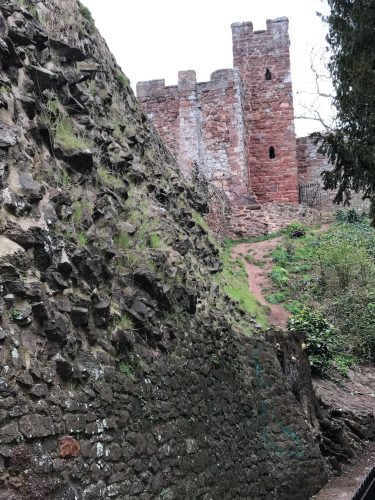
{ 0 comments… add one now }